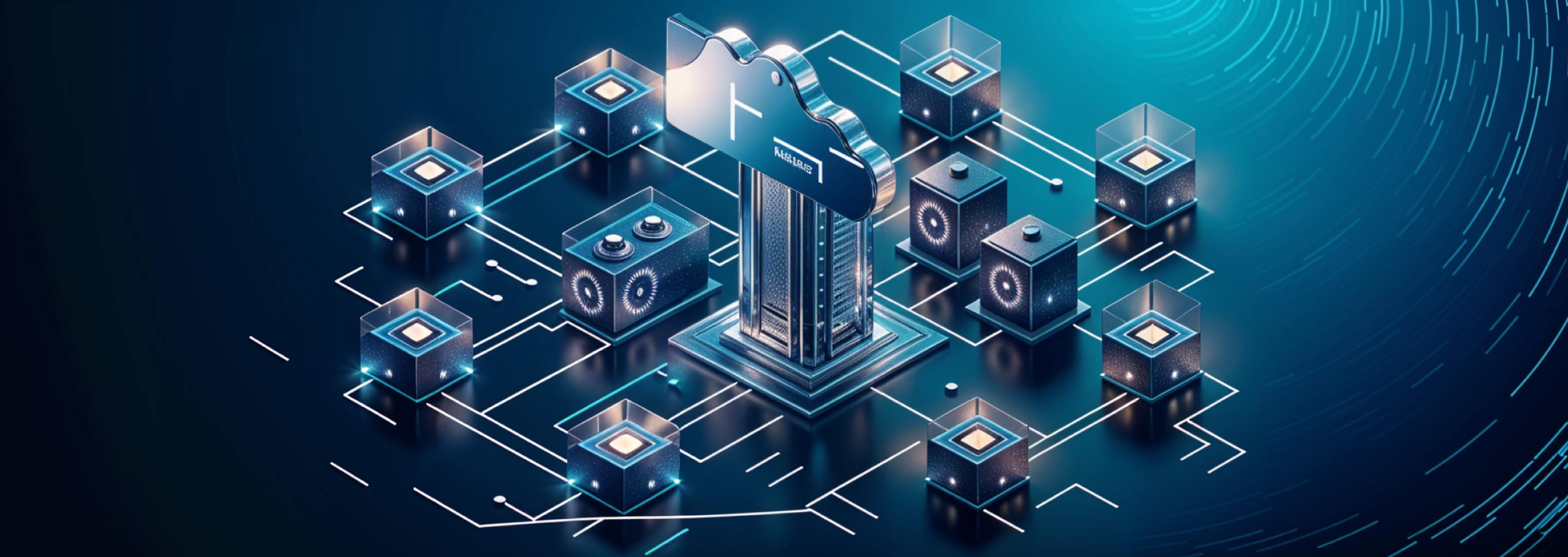A few decades ago, IT inventions and applications worked with the single objective to support the operational needs of large organizations, their internal and external processes. Business behemoths like SAP, Oracle, and IBM were all about empowering corporations with the ability to operate more efficiently. The sole objective was process automation, and they did not align applications to the larger purpose of revenue increase.
Today, there are incredible improvements in the price and flexibility of IT infrastructure leading to its wide-spread adoption across industries. Technology can help create newer and more efficient operating models for businesses. These models are a lot more different than those of their 20th-century peers.
The penetration of the internet, the cloud, and other advanced digital technologies enable businesses to reach customers directly. Such innovations work on displacing older systems as against working in line with them. This is critical as established businesses need to pay close attention to changes and adapt when necessary.
Let us understand this with an example.
Netflix monitors all of its subscribers’ activity and uses that information to power decisions right from content recommendations to content sourcing. To accomplish this effectively, it had to onboard new ecosystem partners with similar goals. These include content owners looking for larger audiences such as the BBC, distribution vendors (like Amazon Web Services), and platform partners that would enable mobile applications like Apple and Google.
Such advances in computing and communication allow businesses to not only extend their relationships with customers but also look to capitalize on the advent of digital technologies. Now imagine, if Netflix had to suddenly let go of their data accumulated through the years? Allow us to reiterate the fact that it is only ideal for evolving businesses to create a more interdependent architecture for innovation and reshape their value chains.
Legacy Applications and the Role of Integration
Modernization of legacy systems involves revamping and transforming your enterprise’s entire IT landscape and aligning it with your business objectives in an efficient manner. Most importantly this new system has to remain scalable. For many enterprises, legacy systems help run a lot of day-to-day business operations, and it becomes increased business risk in the event of a rip-and-replace with a new technology platform.
But while organizations continue to spend time and money on existing systems, an increasing need to integrate with cloud applications is imminent. Newer cloud and SaaS technologies offer a lot of promise, which only gets enhanced when they can with the legacy environment, otherwise the outcome can get reduced to yet another data silo.
According to Gartner leadership, the shift to digital business is now at the peak of inflated expectations. CIOs IT leaders are expected to follow this trend and prepare themselves for big changes.
Currently, there are application modernization and integration services providers who offer technical and professional services right from system assessment, development services for application replacement, and application migration and maintenance.
Benefits of Integrating Legacy Systems with Modern Applications
There is a significant amount of time and resources that are invested in legacy applications and they do have valuable data living in them. Business leaders need an agile and scalable strategy to work on the right technology to access valuable data housed in these applications to achieve the desired results. Step one will certainly be to determine what is best for the business, et the right people on board, and work on a project plan.
Regardless of the chosen approach and technique, integrating modern applications with legacy systems is a complex and labor-intensive process. Seeking a third-party service provider can help the management handle every aspect of legacy system modernization in a more systematic manner.
Right from analyzing the existing solution, developing a solid business strategy, and prioritizing the features to be rebuilt from the scratch using latest technologies and architecture solutions, Gemini Consulting & Services can help you maximize business benefits from third-party applications. Contact us to know, how we can help you with the modernization of your legacy systems and their integration with other applications.
Major Benefits
- Reduced manual entry of data. Mundane tasks can easily cause mistakes and repeating this task is a drain on resources.
- Improved efficiency by reducing the time taken to accomplish a task.
- Data accuracy is guaranteed with consistency in data input and validation. Today, even a single misstep in recording business data can mean a loss for the business.
- Improved response time and data access with automation – However integration is carried out, scheduled, or triggered to happen in real-time, there is scope for the team can access the data needed to respond promptly to a customer query.
- Ensuring decisions are backed by accurate data and analysis-Integrating data in the legacy systems with the other additional applications will project a more realistic image of the business and render a competitive advantage to the team as well.
- Informed customer engagement with an empowered front-line team armed with all the right information needed for prompt and proactive customer service.
- Reduced cost of ownership and upgrades because data integration provides significant ROI benefits. It brings about efficiencies in data accuracy which translates to minimal resources required for training etc. It is a lot easier to update a few connector solutions than to rebuild an entire custom integration system (Needless to mention the documentation hassle to obtain it from that one developer who built it).
- With the rise of the Internet of Things (IoT), microservices, data lakes, and BI analytics, legacy systems can be integrated into batches or streams to make it easier to utilize the data among web apps.
In conclusion, the modernization of legacy systems and their integration with new third-party applications help enterprises to monetize data and create new revenue streams.



